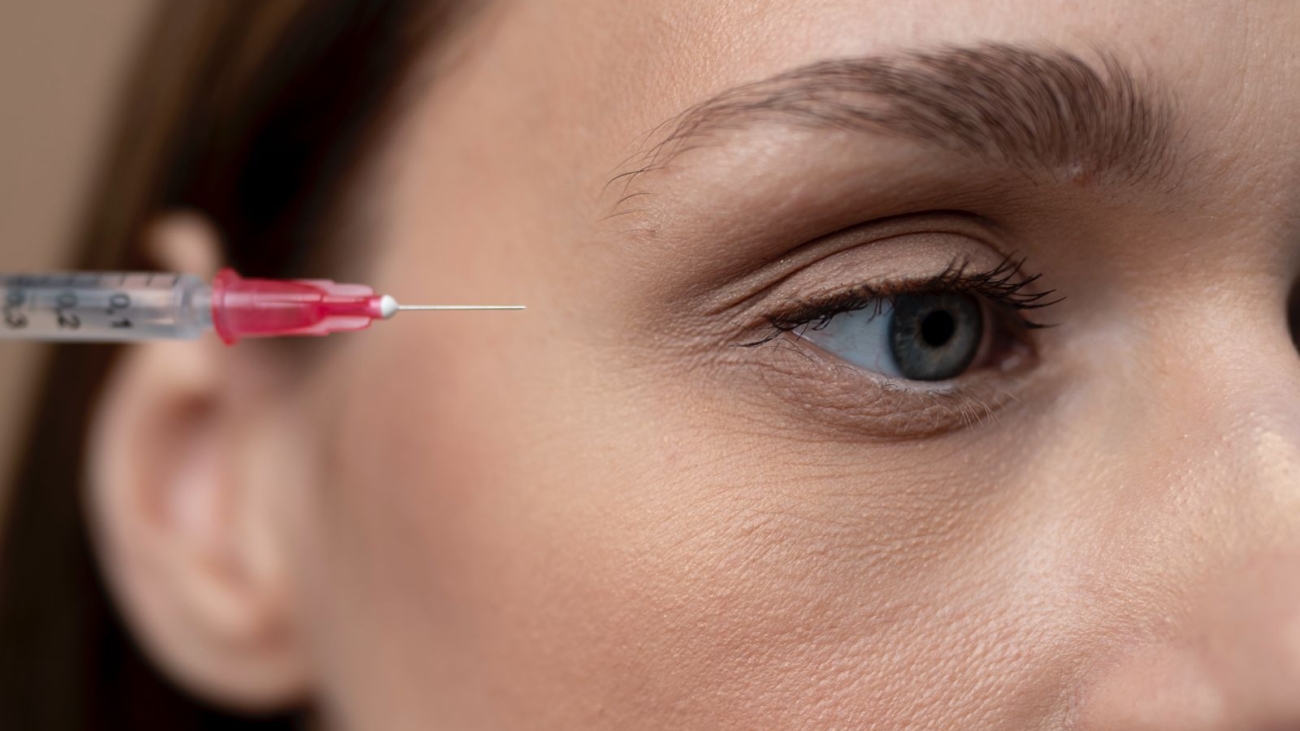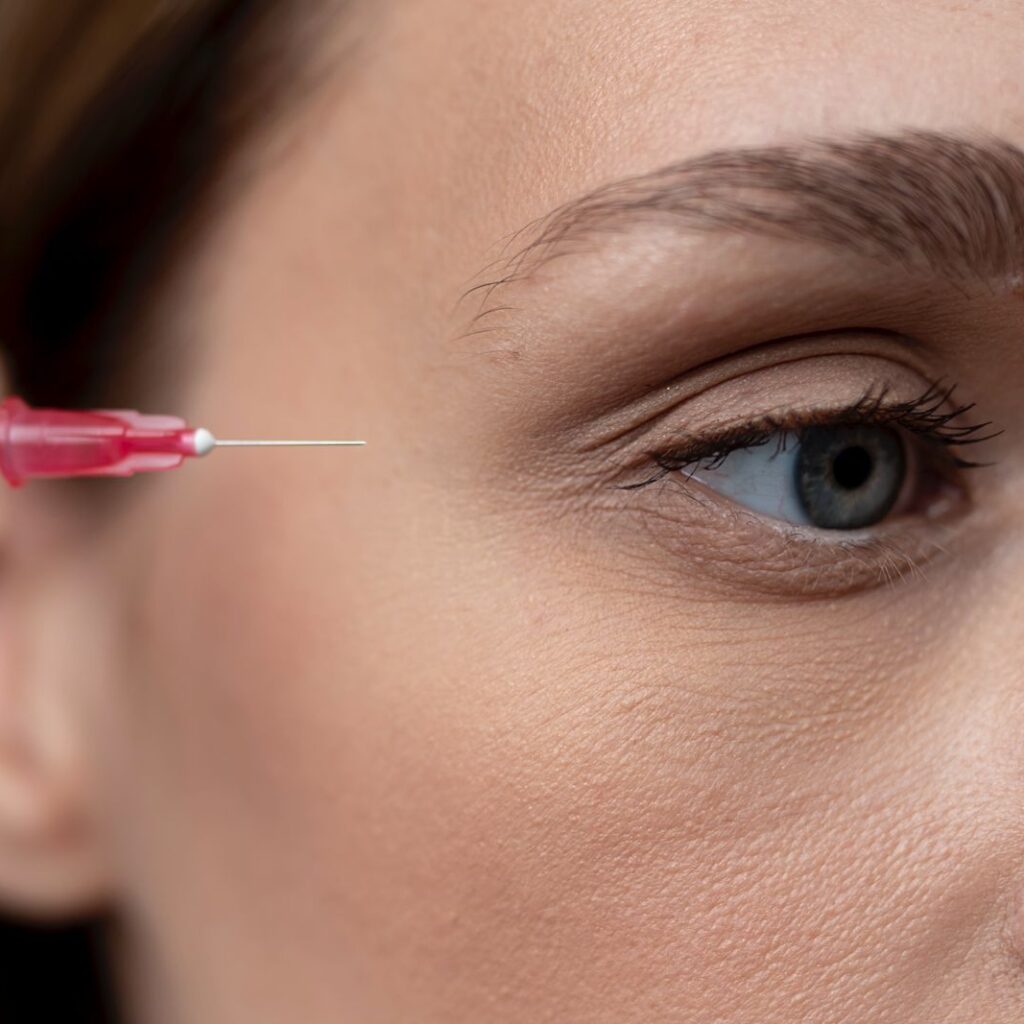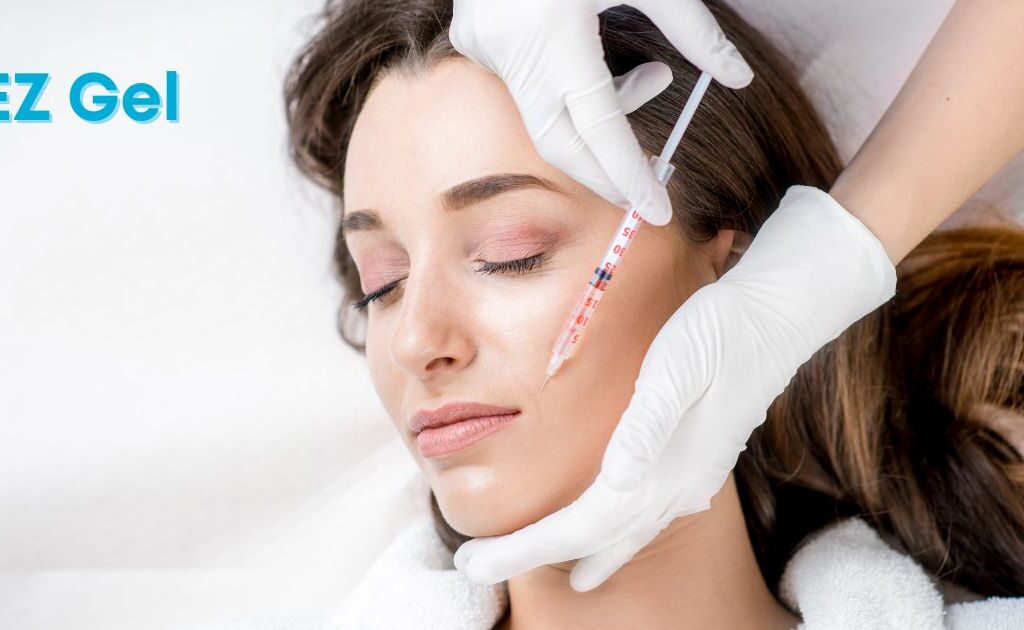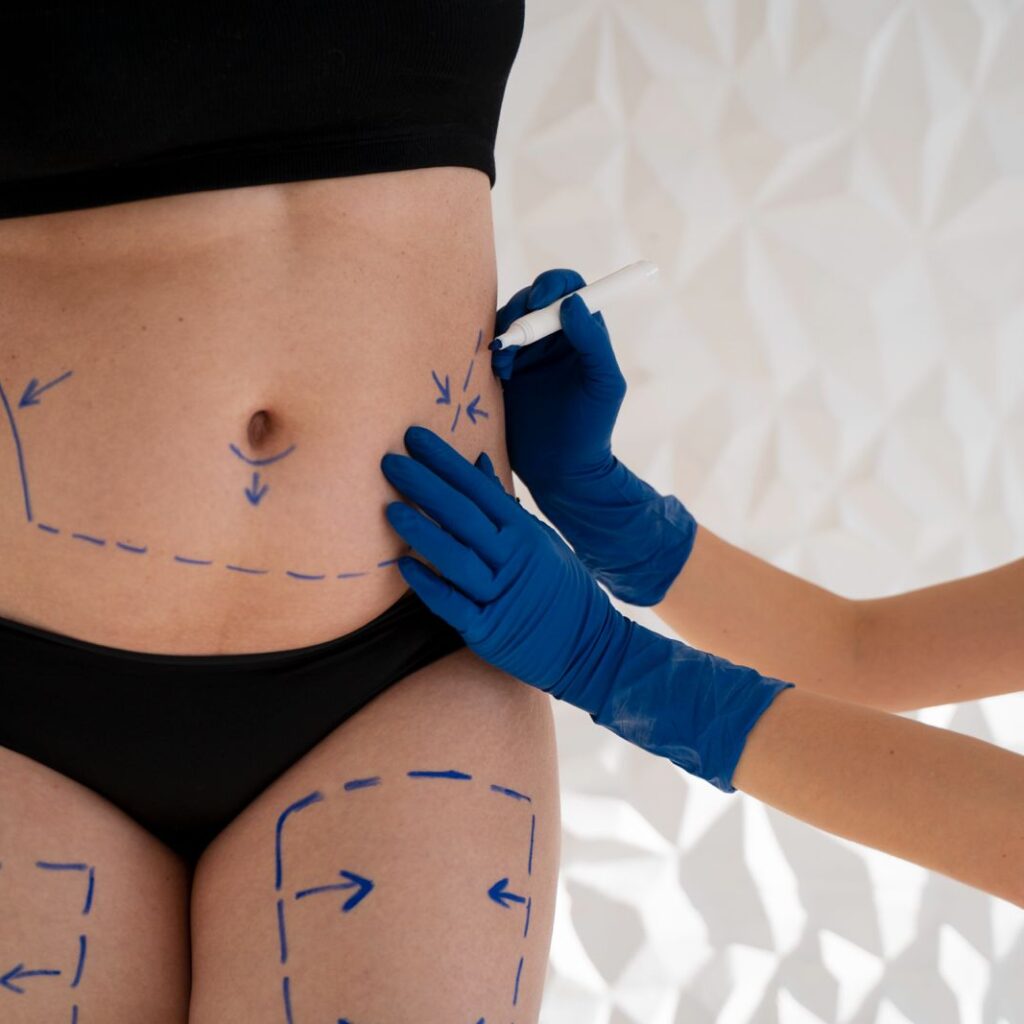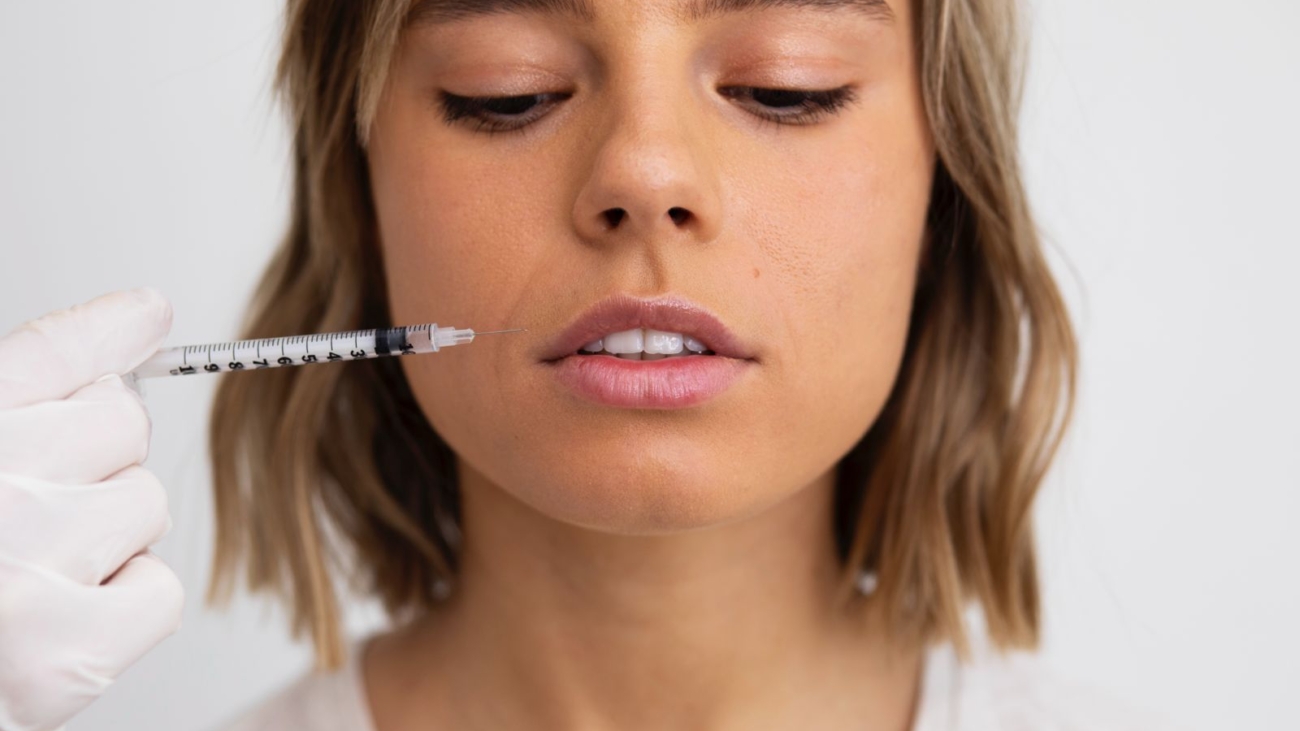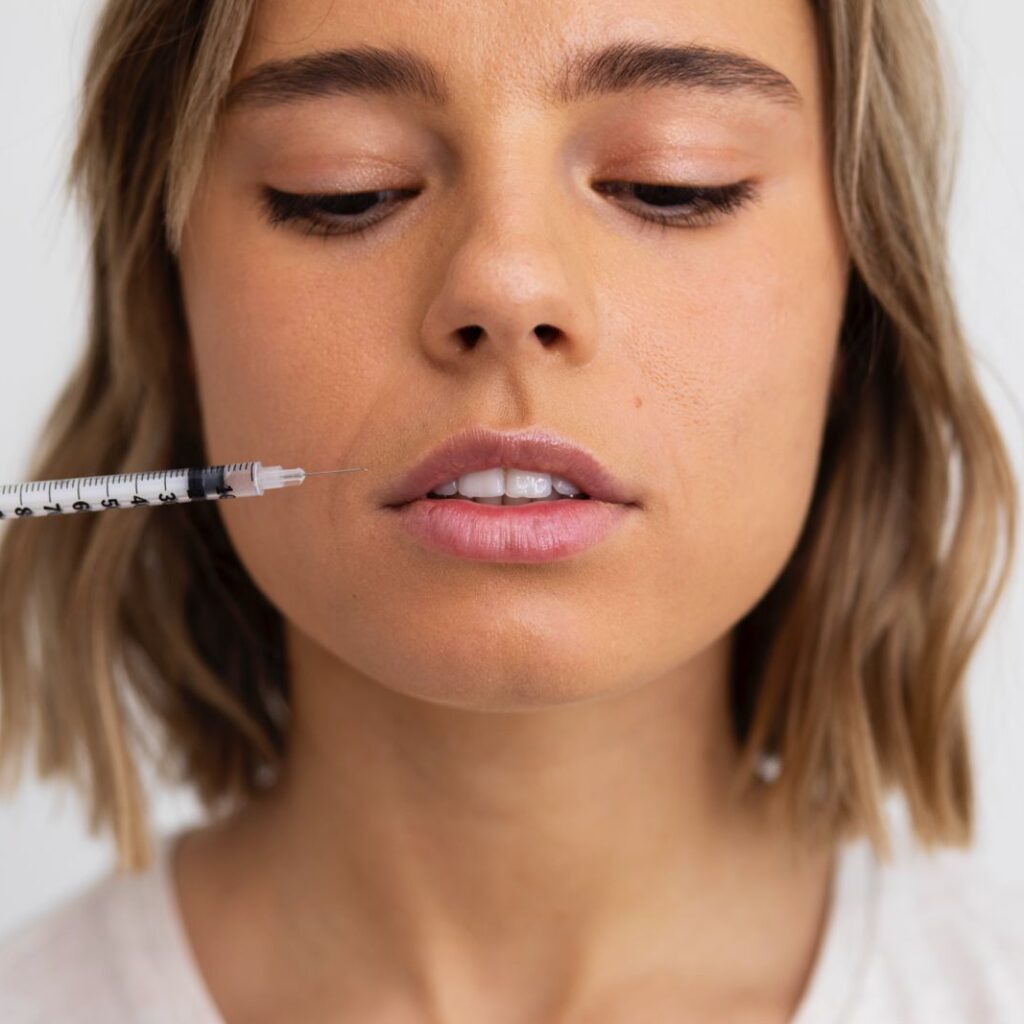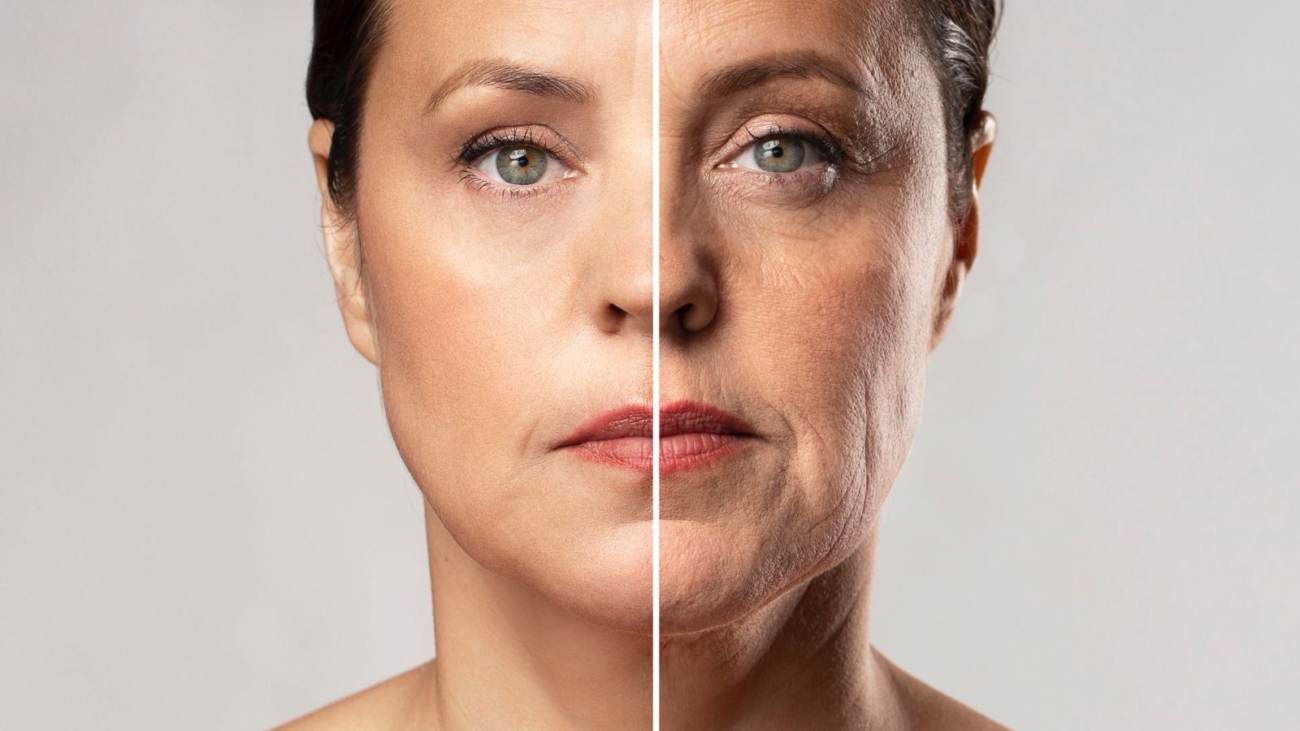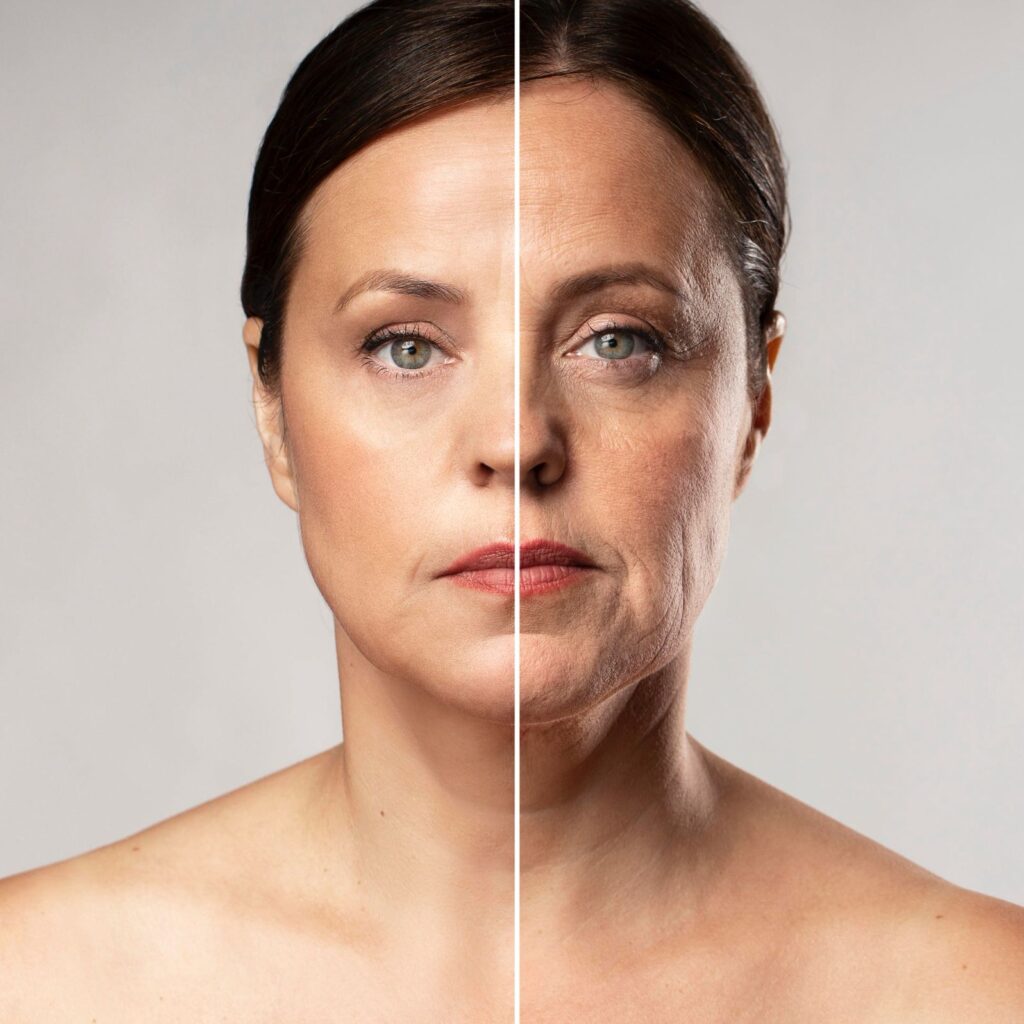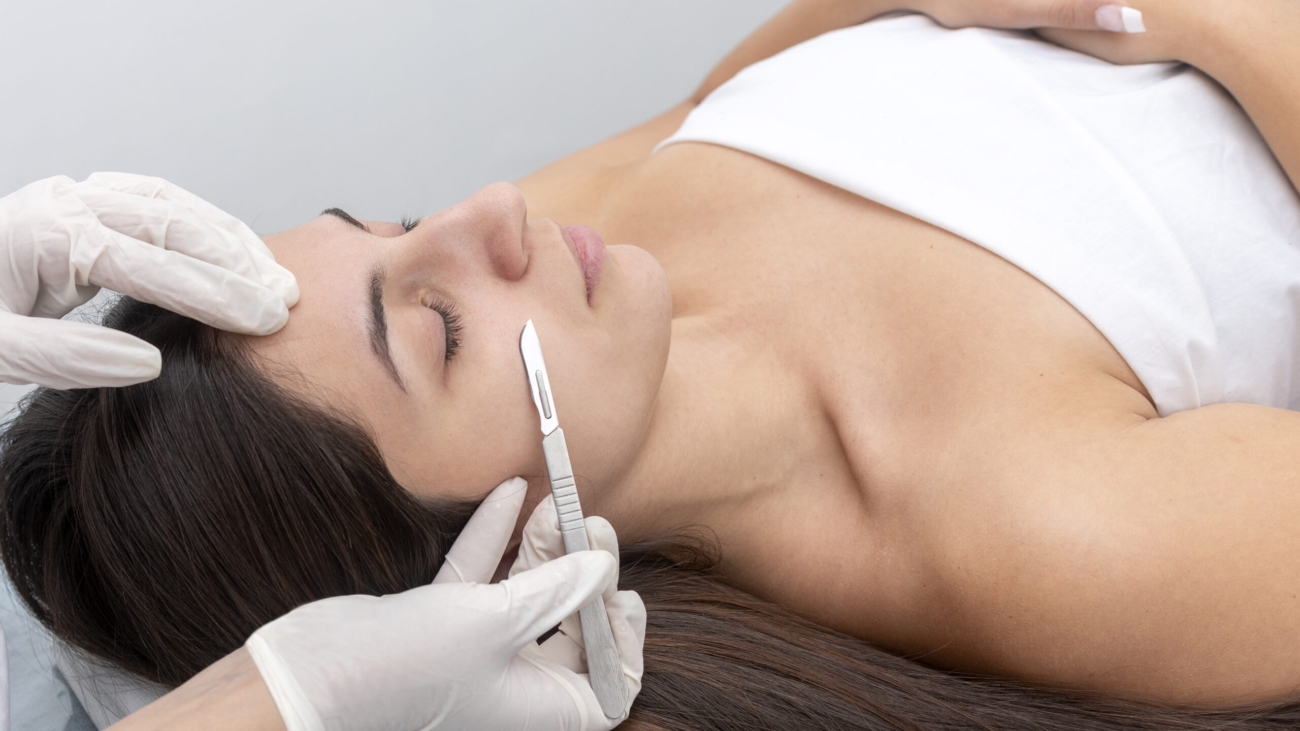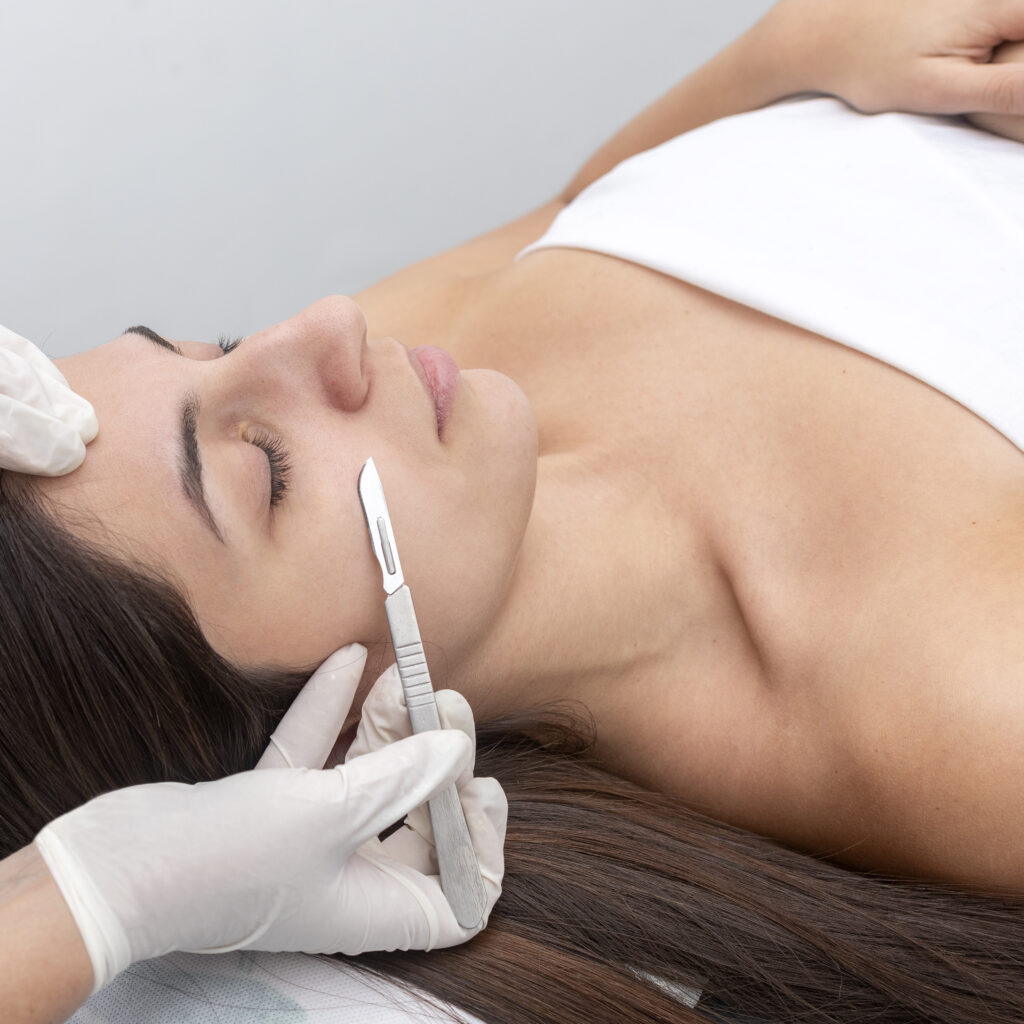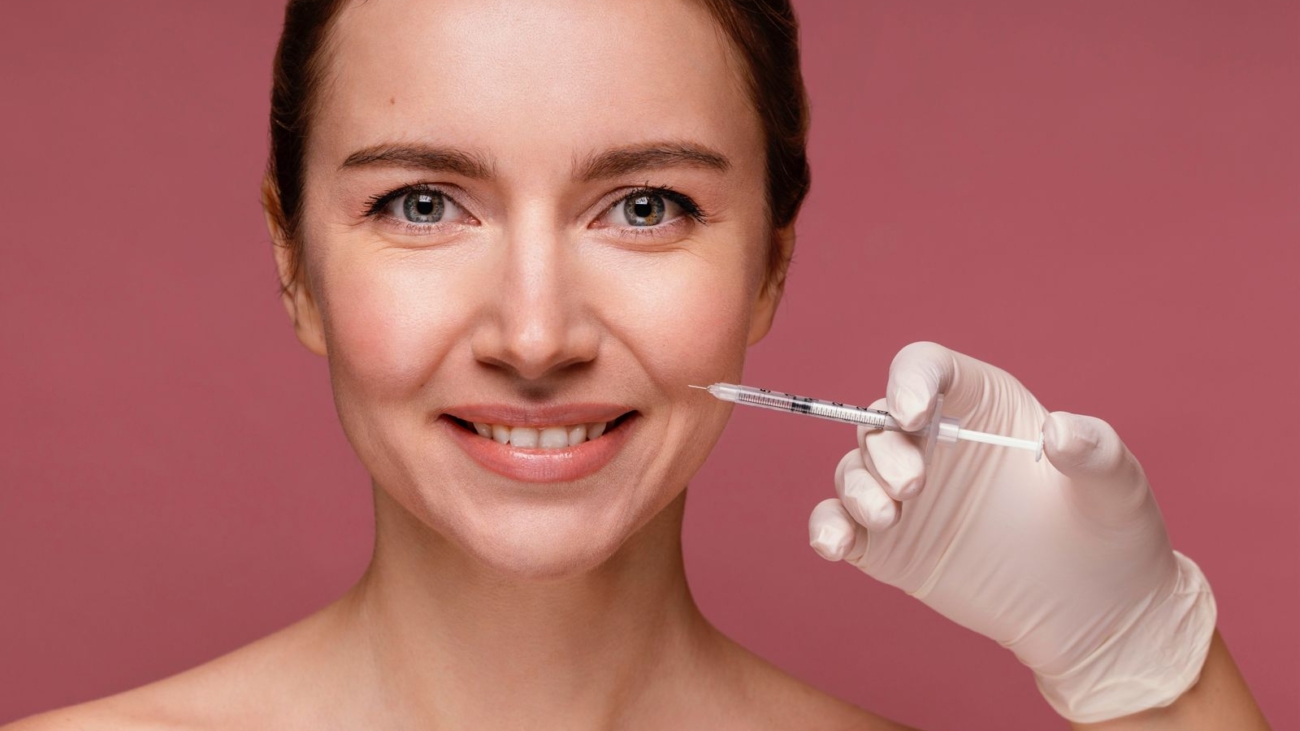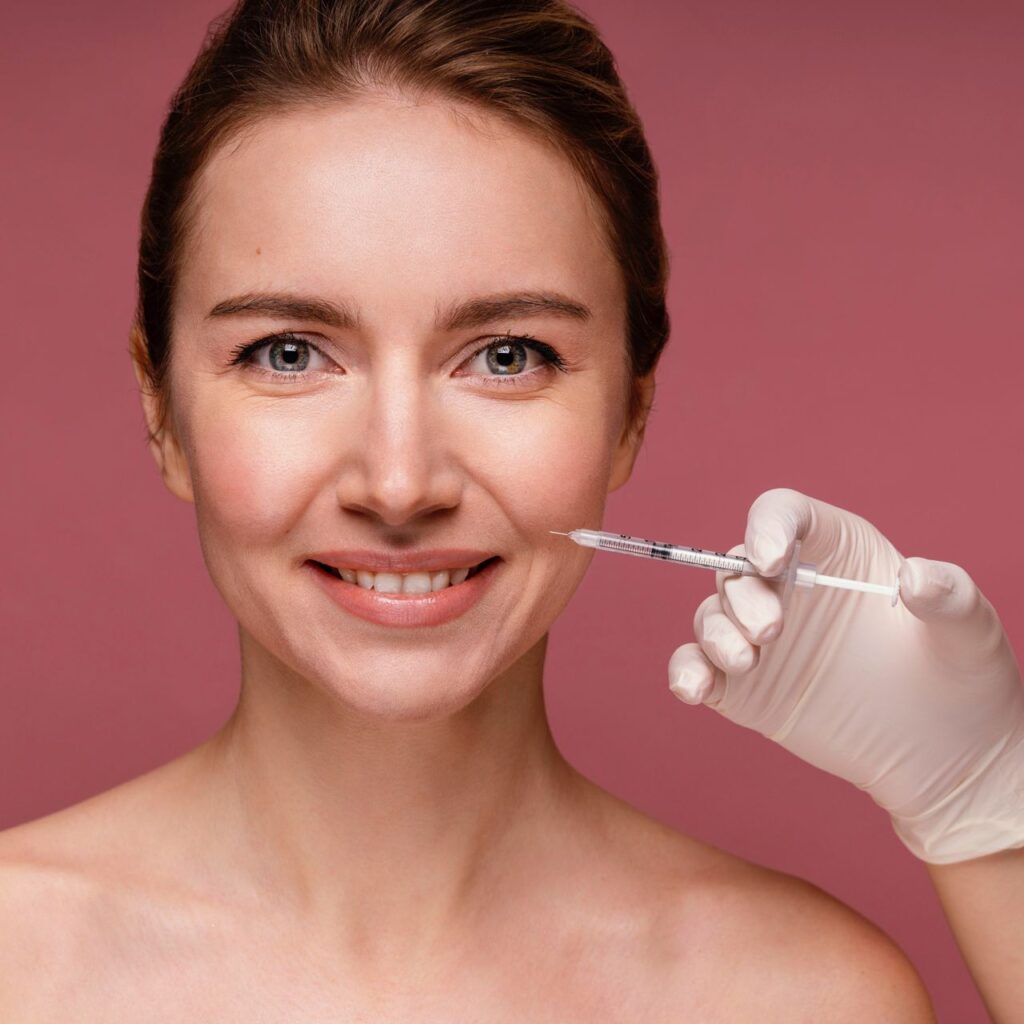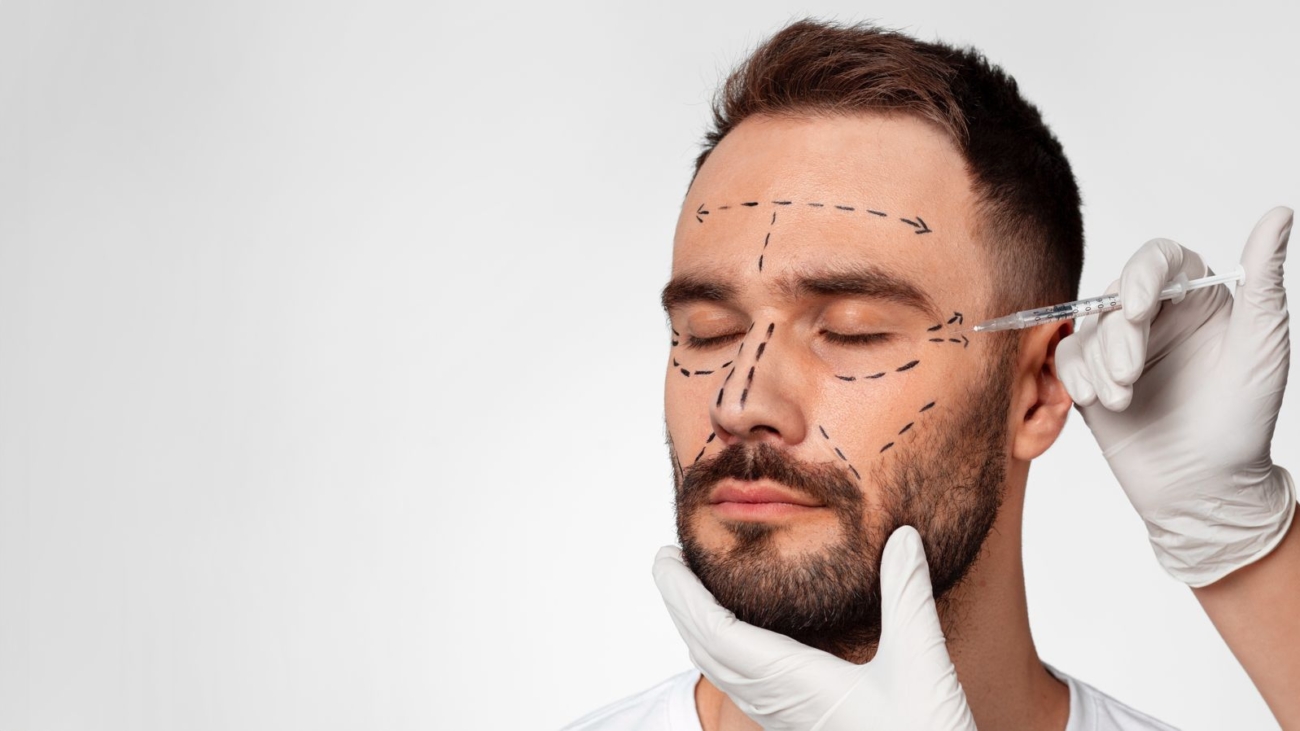Cellulite is one of the most common aesthetic concerns women face worldwide. Regardless of age, weight, or physical activity level, many women notice unwanted skin changes such as uneven texture and the appearance of ‘orange peel’ skin—issues that can affect self-confidence and overall body satisfaction.
Fortunately, aesthetic medicine continues to evolve, and today, the Cellutone treatment is considered one of the most effective and completely non-invasive methods for reducing cellulite and contouring the body.
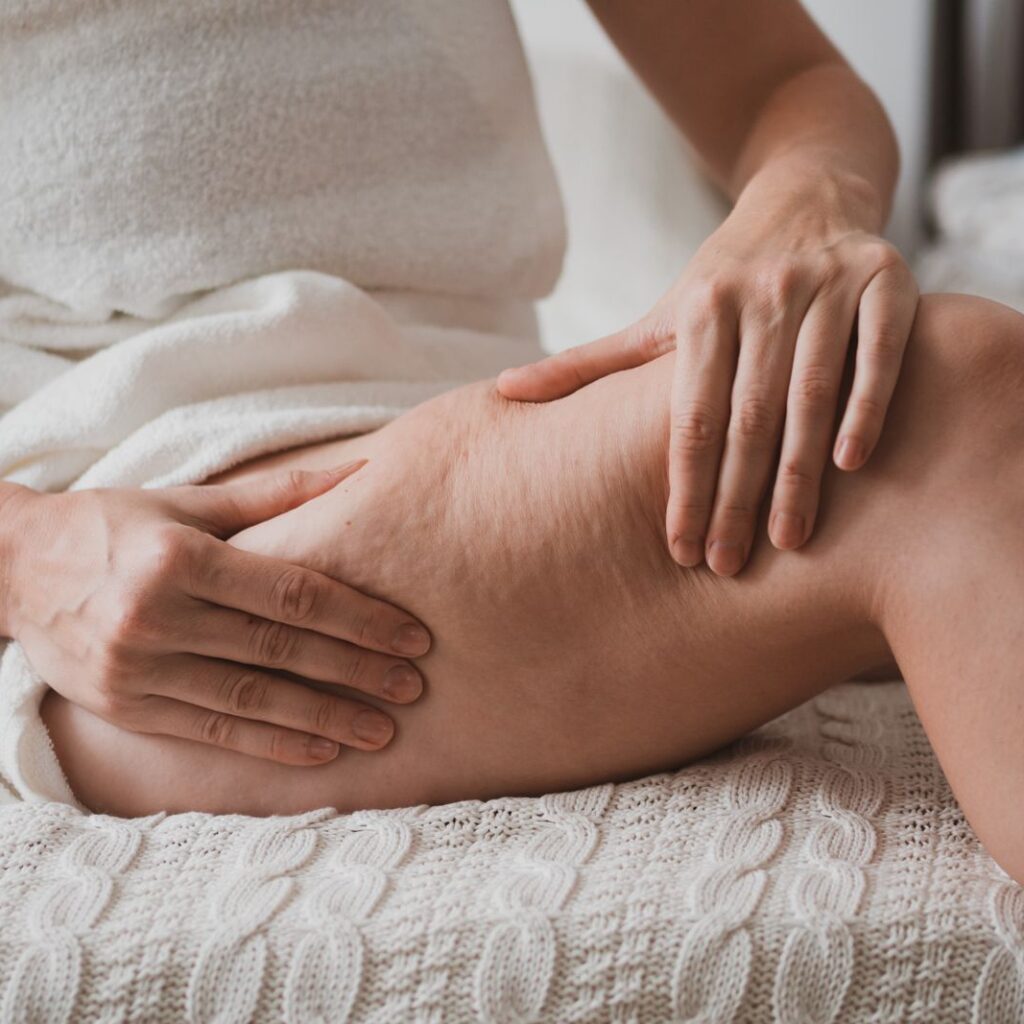
Why Does Cellulite Develop?
Cellulite develops as a result of impaired microcirculation in the subcutaneous layers of the skin. When the capillaries and connective tissues become damaged, their permeability increases, leading to fluid retention and the accumulation of toxins in the intercellular space. As a result, cells receive fewer nutrients, and waste products are not eliminated efficiently. Over time, lymphatic drainage slows down, and the connective tissue weakens, losing its ability to support fat cells. These fat cells then expand and push toward the skin’s surface, creating the uneven texture commonly known as the “orange peel” effect.
The most significant contributing factors include genetic predisposition, unbalanced diet, hormonal imbalances, lack of physical activity, pregnancy, and frequently wearing tight clothing or high-heeled shoes. All of these elements contribute to fluid retention and poor circulation, which worsen the appearance of the skin.
However, the most influential factor is estrogen—the female sex hormone—which impacts the elasticity of blood vessels and promotes fluid retention. That’s why cellulite almost exclusively affects women.
Statistics show that up to 80% of women, regardless of age, weight, or physical fitness level, experience some degree of cellulite. Even slim individuals and professional athletes are not exempt. This is because the female body naturally carries a higher percentage of fat tissue—between 25% and 30%, compared to approximately 15% in men. This inherent difference makes women more prone to developing cellulite.
Without appropriate treatment, cellulite can become more pronounced and may even cause discomfort, including pain upon touch or spontaneous pain. In addition to physical symptoms, cellulite can negatively impact self-esteem and body image, leading many women to feel dissatisfied or insecure about their appearance.
What Is Cellutone and How Does It Work?
Cellutone is a state-of-the-art, non-invasive treatment that utilizes the power of vibrational (acoustic) waves to directly target fat cells beneath the skin. This advanced device is designed to stimulate microcirculation, improve blood and lymphatic flow, and enhance the body’s natural ability to break down and eliminate fat deposits.
One of Cellutone’s key advantages is its gentle, pain-free approach—there is no damage to surrounding tissue, no discomfort during the procedure, and no required downtime, making it an ideal choice for individuals with busy, modern lifestyles.
What Does a Cellutone Treatment Look Like
The Cellutone procedure is simple, quick, and comfortable. During the session, a trained provider uses a handheld applicator to gently glide over targeted areas. The applicator emits vibrational (acoustic) waves that deeply penetrate the skin and subcutaneous tissue, stimulating lymphatic drainage and circulation. This process helps break down fat cells and flush out toxins. Depending on the size and number of treated areas, each session typically lasts between 20 and 40 minutes.
Which Areas Can Be Treated With Cellutone?
Cellutone is highly versatile and can be used on multiple areas where cellulite is most visible or where loose skin and fat deposits are present. The most commonly treated regions include:
- Thighs and buttocks
- Abdomen and flanks
- Arms and upper arms
- Inner thighs
- Knees
Who Is an Ideal Candidate for Cellutone?
Cellutone is ideal for individuals seeking a non-invasive solution to reduce cellulite, improve skin texture, and enhance overall body contour. This treatment is especially beneficial for clients struggling with stubborn areas of cellulite that haven’t responded to diet or exercise. Cellutone also delivers excellent results when combined with other body contouring treatments, making it a great addition to a comprehensive aesthetic plan.
Is Cellutone Painful?
Cellutone is a completely pain-free treatment. During the session, patients typically experience gentle vibrations and a mild warming sensation that is safe and comfortable. Many describe the treatment as feeling like a relaxing massage—an added bonus to this revolutionary, non-invasive approach to smoother skin.
How Many Treatments Are Needed to See Results
The number of Cellutone sessions required depends on the initial condition of the skin, the severity of cellulite, and each patient’s individual goals. While some improvement in skin texture and firmness may be noticeable after just one or two sessions, optimal results are typically achieved with a series of 6 to 8 treatments, spaced 7 to 10 days apart.
What Results Can I Expect and How Long Do They Last?
Visible improvements in skin texture, firmness, and a reduction in the appearance of cellulite can be seen after just a few sessions, with the most significant changes appearing after completing the full treatment series. The skin becomes noticeably smoother and tighter, and cellulite is visibly diminished or completely eliminated. While results are long-lasting, maintenance sessions are recommended periodically—especially in cases of weight fluctuations or lack of lifestyle changes—to help sustain the achieved improvements.
Benefits of Cellutone Treatment
Cellutone offers a variety of benefits that make it a popular choice for reducing cellulite and improving skin texture:
- Completely non-invasive and pain-free procedure
- No downtime – you can resume your daily activities immediately after treatment
- Visible improvements often seen after just a few sessions
- Enhanced microcirculation and stimulation of lymphatic drainage
- Can be combined with other aesthetic procedures for enhanced, long-lasting results
Are There Any Contraindications?
Cellutone is a very safe treatment for clients of all ages and skin types who are dealing with any form of cellulite or looking to enhance the effects of other non-invasive body contouring procedures. However, certain contraindications do exist.
This treatment is not recommended for individuals who are pregnant, have active infections, malignant conditions, severe blood clotting disorders, or skin diseases affecting the treated areas.
A consultation with a qualified medical professional is essential prior to starting treatment to determine whether Cellutone is the right choice for you.
Are There Any Side Effects?
Cellutone has no significant side effects. Some patients may experience mild redness or a warm sensation in the treated area immediately after the session, but these effects are temporary and typically subside quickly. The treatment is extremely gentle, leaving no bruising or visible marks on the skin.
If you’re ready to finally address stubborn cellulite and achieve smoother, firmer, more beautiful skin, schedule a consultation at Bodyvine Aesthetics and discover how Cellutone can help you restore confidence and feel great in your own body.

